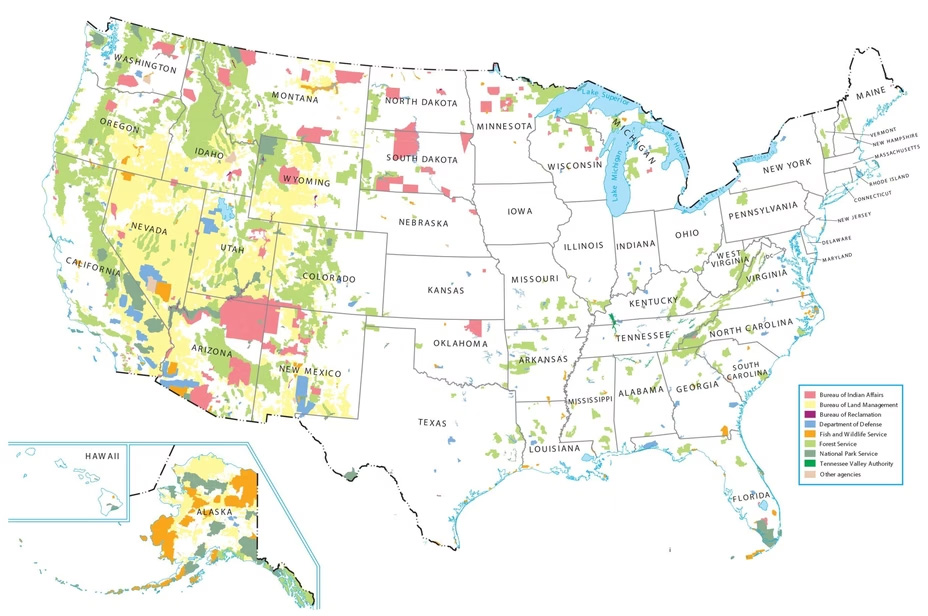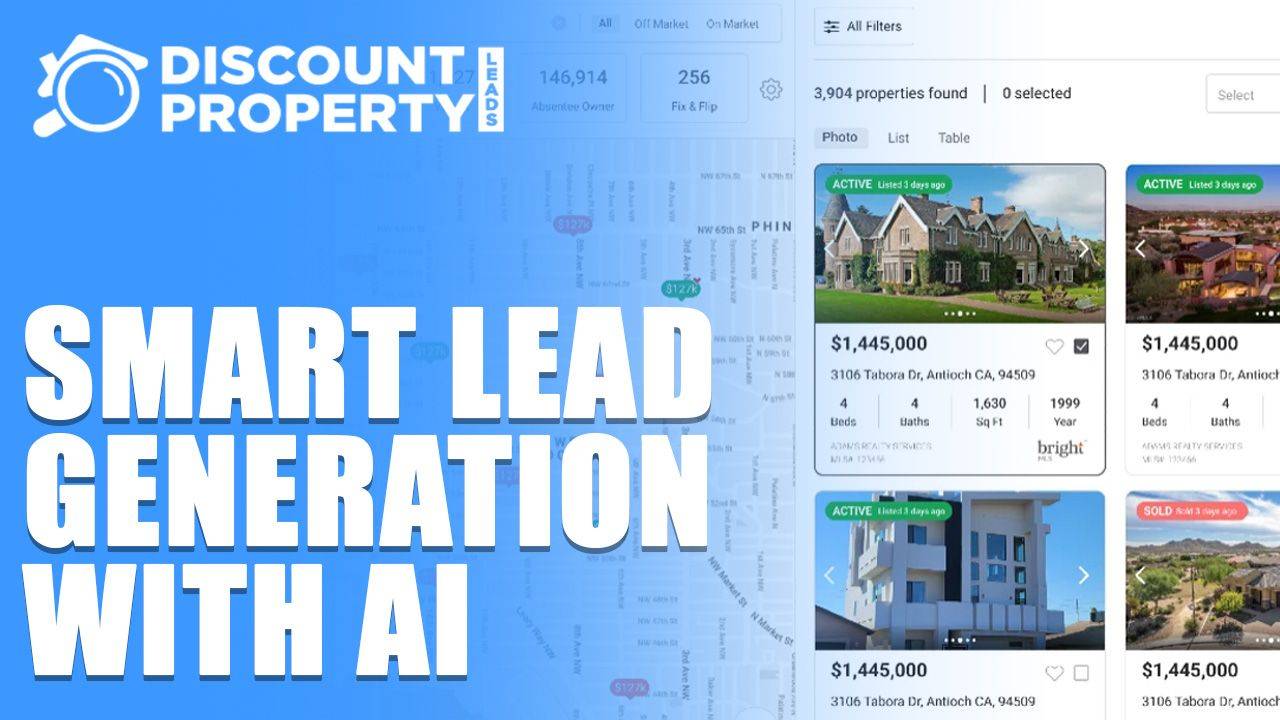The Trump Administration’s Plan for Affordable Housing on Federal Land
Mar 27, 2025
Written by David Dodge
The Trump administration is making moves to tackle America’s housing crisis by using federal land for new home construction. With home prices soaring and supply struggling to keep up, the plan aims to create more affordable housing options by opening up underused government-owned land for development.
On Monday, Interior Secretary Doug Burgum and Housing and Urban Development (HUD) Secretary Scott Turner announced a new task force focused on identifying federal land that could be converted into housing. The goal? To streamline the process of transferring these lands and speed up home construction in areas where it’s needed most.
How This Could Work
The federal government owns a massive amount of land—about 27% of the U.S., which equals around 1 million square miles. Most of this is overseen by the Department of the Interior and includes national parks, wildlife refuges, and other public lands. While much of it is protected, some portions could be viable for residential use.
According to Burgum, this land is a “huge untapped asset” that could help ease the housing crunch. “We need to be smarter about how we use our resources to solve real problems,” he said in a video with Turner.
The plan isn’t just about freeing up land—it’s also about cutting through red tape. Traditionally, building homes on federal land has been a bureaucratic nightmare. This initiative aims to change that by removing unnecessary hurdles while still balancing environmental concerns.
Why Now?
A recent Realtor.com report highlighted a 3.8 million-unit housing shortage across the country. At the current pace of construction, it could take over seven years to catch up. By making federal land available for development, the administration hopes to speed things up and help more people—especially first-time buyers—get into homes.
According to Keith Griffith from Realtor.com, Burgum and Turner laid out their vision in a Wall Street Journal op-ed, emphasizing that this isn’t about reckless development. “We know critics will say we’re just paving over public lands, but that’s not the case,” they wrote. Instead, the goal is to balance responsible development with conservation.
Trump first floated this idea during his 2024 campaign, pitching it as a way to make homeownership more attainable, especially for young buyers struggling with high prices. The plan includes low-tax, low-regulation zones to encourage fast, affordable construction.
The Challenges Ahead
While the idea has potential, there are some big hurdles. Most federal land is in the western U.S., much of it remote and lacking basic infrastructure like water and transportation. Even if land is made available, the cost of adding roads, power lines, and utilities could make large-scale development difficult.
Hannah Jones, an economic analyst at Realtor.com, points out that “just having land isn’t enough—you still need materials, labor, and infrastructure to make housing work.” Plus, homes need to be built where people actually want to live, with access to jobs, schools, and public transit.
Environmental groups are also likely to push back. Conservationists warn that developing untouched land could disrupt ecosystems and wildlife habitats. There’s also the issue of natural disasters—building in flood zones or wildfire-prone areas could create long-term risks.
Could This Actually Work?
Despite the challenges, supporters believe the plan could help ease housing shortages in high-demand areas. If done right, it could serve as a model for future public-private partnerships, where government-owned land is used to address critical housing needs.
“Building in the right locations—where demand is high and supply is low—is the best way to make a real impact,” says Jones. The key will be choosing sites wisely and making sure communities have the infrastructure they need to succeed.
.
As the task force moves forward, the success of the plan will depend on balancing affordability, sustainability, and smart urban planning. If executed well, it could mark a major step toward solving the housing crisis while ensuring responsible land use.
Final Thoughts
Trump’s proposal to build affordable housing on federal land is ambitious, and while it won’t be an easy fix, it has the potential to make a real difference. The key will be thoughtful execution—simply designating land for homes isn’t enough. These new communities need to be built in the right places, with proper infrastructure, jobs, and services to support them.
If the administration can navigate the logistical and environmental challenges, this plan could help bring much-needed relief to the housing market. The next few months will be crucial in determining whether this vision can turn into a reality.
Categories








